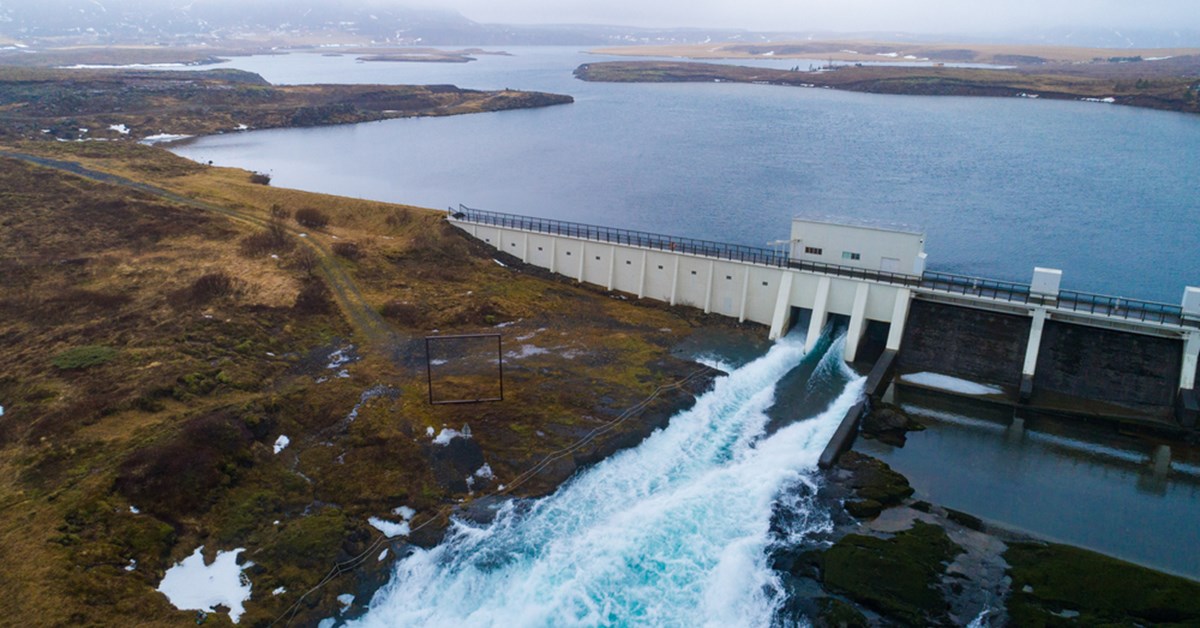Key Takeaways
- China is projected to exceed its 2030 target for pumped storage hydropower by over 8%, potentially reaching 130 GW.
- In 2024, China added 7.75 GW of pumped hydro capacity, bringing its total to 58.69 GW, with over 200 GW under construction.
- Global hydropower capacity grew by 24.6 GW in 2024, but projects outside China face significant financing and regulatory challenges.
China’s Hydropower Advancements
China is set to surpass its 2030 pumped storage hydropower goals by more than 8%, with possible total capacity reaching 130 gigawatts (GW) by the decade’s end, as reported by the International Hydropower Association (IHA). In 2024 alone, the nation added 7.75 GW, boosting its total installed capacity to 58.69 GW. Currently, over 200 GW of pumped hydro projects are under development in China, accounting for one-third of global advancements in this area.
The country is focusing on enhancing investment in energy storage technology. This aspect is essential for balancing electricity supply and demand, especially as renewable sources like wind and solar produce power that may exceed the grid’s distribution capabilities. Last year, China made remarkable strides in renewable energy, topping its own records for new wind and solar installations and achieving its 2030 targets six years early.
Government policies aimed at reducing electricity consumption during peak demand periods have also created lucrative conditions for storage providers. Pumped hydro operators can profit by selling stored energy at higher rates during times of increased demand.
On a global scale, hydropower capacity expanded by 24.6 GW in 2024, comprising both 16.2 GW of conventional hydropower and 8.4 GW of pumped storage. An additional 475 GW of conventional projects are in various stages of development around the world. The IHA indicated that the acceleration in new global capacity follows several years of stagnation.
However, countries in the East Asia and Pacific region outside China are facing hurdles in advancing hydropower projects. Significant challenges include financing constraints, high initial costs, and lengthy payback periods that deter private sector investment. The IHA also pointed out that regulatory and permitting delays are hampering projects in nations like Australia, Indonesia, and Vietnam. These obstacles, which involve complex approval processes, land rights issues, and environmental assessments, create uncertainties for stakeholders.
In contrast, China’s swift development of its pumped storage hydropower infrastructure places it ahead globally, cementing its leadership in renewable energy storage solutions. The proactive strategies and advancements in technology underscore the country’s commitment to enhancing its position in the international energy landscape.
The content above is a summary. For more details, see the source article.















